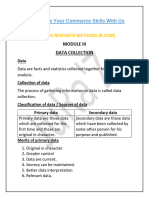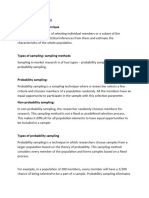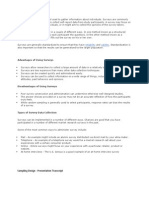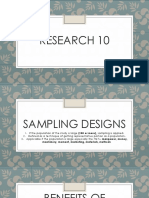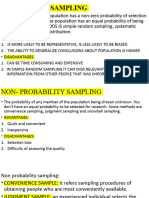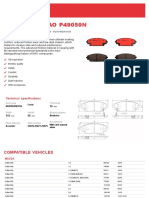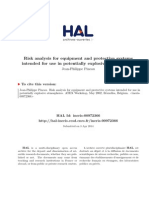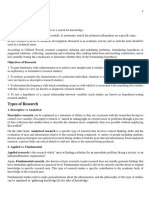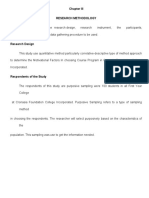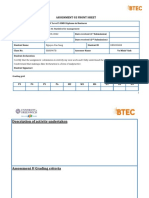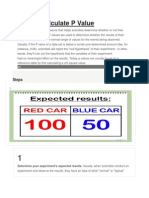0% found this document useful (0 votes)
9 views6 pages3C - Data Gathering
The document provides an overview of the survey method for primary data collection in business studies, detailing its advantages, disadvantages, and various types of surveys. It discusses sampling techniques, including random and non-random sampling, along with their respective types and significance in research. Additionally, it introduces the concept of sample size and the FURPS checklist for software quality standards.
Uploaded by
Charles UyCopyright
© © All Rights Reserved
We take content rights seriously. If you suspect this is your content, claim it here.
Available Formats
Download as PDF, TXT or read online on Scribd
0% found this document useful (0 votes)
9 views6 pages3C - Data Gathering
The document provides an overview of the survey method for primary data collection in business studies, detailing its advantages, disadvantages, and various types of surveys. It discusses sampling techniques, including random and non-random sampling, along with their respective types and significance in research. Additionally, it introduces the concept of sample size and the FURPS checklist for software quality standards.
Uploaded by
Charles UyCopyright
© © All Rights Reserved
We take content rights seriously. If you suspect this is your content, claim it here.
Available Formats
Download as PDF, TXT or read online on Scribd
/ 6













